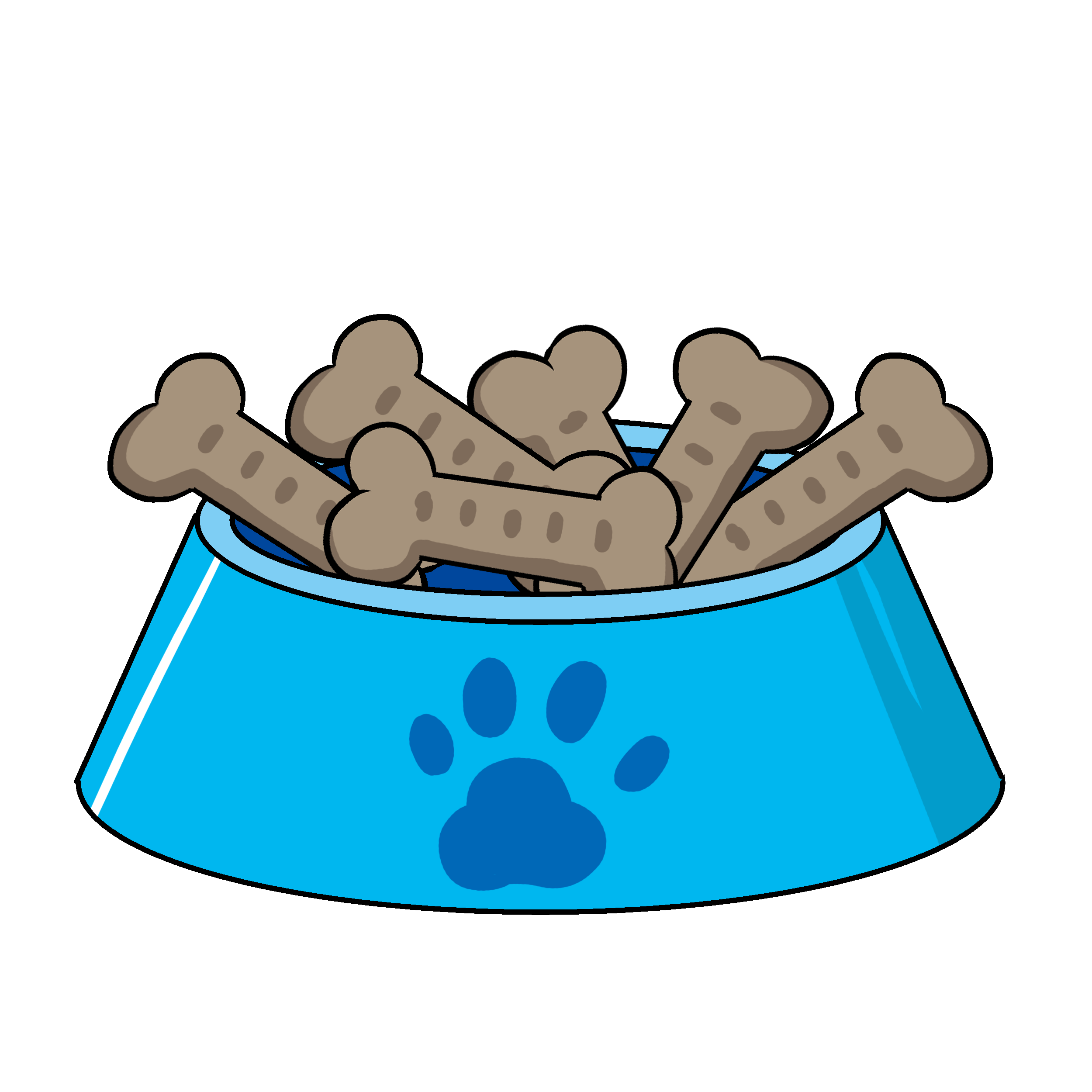King Snakes
The Fascinating Realm of King Snakes and Milk Snakes: An In-Depth Exploration
King snakes and milk snakes are among the most captivating and diverse snake species. Known for their vibrant patterns, docile nature, and adaptability, they are popular choices for snake enthusiasts and pet owners alike. Both belong to the genus Lampropeltis, which translates to “shiny shields,” referring to their smooth, glossy scales.
Natural Habitat and Distribution
King Snakes
- Geographic Range: Found across North America, from Canada to Mexico.
- Preferred Habitat: Diverse environments, including forests, deserts, grasslands, and marshes.
Milk Snakes
- Geographic Range: Spanning North and Central America, from the United States to parts of South America.
- Preferred Habitat: Woodlands, rocky hillsides, and fields, often near water sources.
Unique Characteristics
1. Mimicry and Coloration
Milk snakes are famous for their red, black, and white or yellow banding, which mimics the appearance of venomous coral snakes. This form of mimicry deters predators.
2. King Snakes’ Feeding Habits
King snakes are named for their ability to prey on other snakes, including venomous species like rattlesnakes. They are immune to the venom of many snake species.
3. Behavior and Temperament
- Typically non-aggressive and easily tamed.
- Both species are solitary, except during the mating season.
Care Requirements for King Snakes and Milk Snakes
1. Housing
- Enclosure Size: A 20-gallon tank is suitable for young snakes, while adults require a 40-gallon or larger enclosure.
- Substrate: Aspen shavings, coconut husk, or reptile carpet provide a comfortable base.
- Hiding Spots: Include multiple hides to reduce stress and mimic natural environments.
2. Temperature and Humidity
- Temperature Gradient: 75–85°F during the day, with a basking spot of 90°F. Night temperatures can drop to 70–75°F.
- Humidity Levels: Maintain 40–60% humidity for optimal health.
3. Diet and Feeding
- Diet: Feed appropriately sized rodents (mice or rats) once every 5–10 days, depending on the snake’s size and age.
- Water: Provide fresh, clean water in a shallow dish.
Health Concerns and Common Issues
1. Shedding Problems
- Incomplete sheds may occur due to low humidity.
- Solution: Provide a humid hide or mist the enclosure lightly.
2. Respiratory Infections
- Symptoms include wheezing or mucus around the nose and mouth.
- Prevention: Maintain proper temperatures and humidity.
3. Mites and Parasites
- External mites can cause irritation and stress.
- Treatment: Use reptile-safe mite sprays and clean the enclosure thoroughly.
Conservation and Ethical Considerations
1. Wild Populations
- King snakes and milk snakes play vital roles in controlling rodent populations.
- Habitat destruction and illegal collection can threaten local populations.
2. Responsible Ownership
- Avoid purchasing wild-caught specimens. Opt for captive-bred snakes from reputable breeders.
- Ensure you can provide lifelong care before acquiring one.
Interesting Facts About King Snakes and Milk Snakes
- King snakes are constrictors, killing prey by suffocation rather than venom.
- Milk snakes got their name from an old myth suggesting they drank milk from cow udders, which is false.
- They are escape artists—secure enclosures are essential!
Conclusion: Embracing the World of King Snakes and Milk Snakes
King snakes and milk snakes are captivating reptiles, offering a unique blend of beauty, fascinating behavior, and ease of care. Whether you’re a seasoned herpetologist or a beginner looking for an exotic pet, these snakes are excellent companions when cared for properly.
 Get THE BEST Pet Supplements Here…
Get THE BEST Pet Supplements Here…
 Click HERE To Read More…
Click HERE To Read More… Learn Cat Language NOW…
Learn Cat Language NOW… CLICK Here To Become A Dog Trainer…
CLICK Here To Become A Dog Trainer… Click Here To Get THE BEST Probiotic For Pets…
Click Here To Get THE BEST Probiotic For Pets…
Leave a Reply